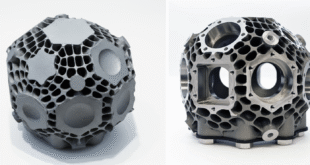China is set to register the highest polyethylene terephthalate (PET) capacity additions globally by 2028, contributing about 40% of the total capacity additions from new plant and expansion projects, says GlobalData, the data and analytics company.
GlobalData’s latest report, Polyethylene Terephthalate (PET) Industry Capacity and Capital Expenditure Forecasts with Details of All Active and Planned Plants to 2028, shows that China is likely to witness PET capacity additions of 2.50 million tonnes per annum (mtpa) from a planned and an announced project.
Nivedita Roy, Oil and Gas Analyst at GlobalData, Comments: “The high consumption of PET in the packaging, electronics, automotive, as well as in the textile industries is driving the PET market in the country.”
In China, major capacity additions are from an announced project, Zhejiang Petrochemical Daishan Polyethylene Terephthalate Plant 2, with a capacity of 2mtpa. Zhejiang Petrochemical Co Ltd has a 100% stake in the plant and is also the operator of the project. Located in the state of Zhejiang, China, it is expected to commence production in 2026.
Hainan Yisheng Petrochemical Yangpu Polyethylene Terephthalate Plant follows next with a capacity addition of 0.50mtpa. The plant is expected to start operations in 2025 in the state of Hainan, China. Hainan Yisheng Petrochemical Co Ltd has 100% equity and is also the operator of the plant.
 Engineer News Network The ultimate online news and information resource for today’s engineer
Engineer News Network The ultimate online news and information resource for today’s engineer


